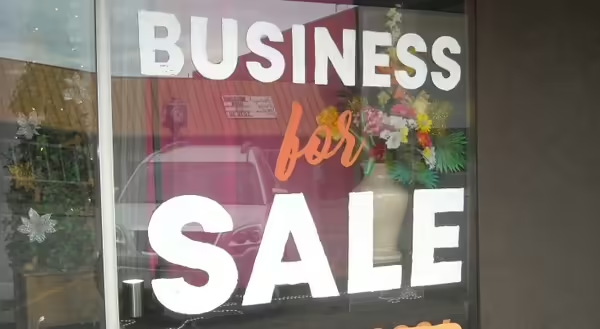
A word list to cover all challenges that local economies face would be an interesting group exercise. I have recently focused on topics like building vacancies, business closures and recovery from disasters. Please see these and other articles on our Building Entrepreneurial Communities blog. Commercial vacancy rates of 15%, millions of businesses changing hands (or closing) as baby-boomers retire and ¼ of small companies unable to re-open after a disaster are just some of the challenges we face. As with all aspects of a community, these large issues are intertwined.
A common thread is the mitigation[i] benefit of planning. Along with business startup and marketing plans, effective exit strategies for owners and emergency preparedness, each benefit from developing plans and strategies in advance. Time invested to identify and fix weaknesses is time well spent.
The connection between business owners retiring en masse[ii] and climbing commercial space vacancies, is easy to see. An earlier article dealt with succession planning and mitigating the upsetting ripple effects of business closures. I continue to add ideas and report on alternate scenarios whenever possible. Community Supported Enterprises and Cooperatives were recently put forth. An Employee Stock Ownership Plan (ESOP) might just be right for current times.
Peer discussion groups comprised of business owners is something else to consider. Owners have common concerns, sharable insights and relatable experiences. They might just be able to help one another, provided the culture is right. When owners count on their business sale for retirement funds and “fair market value” doesn’t deliver the cash, it’s a deal breaker. Over 30% of small business owners have no other significant retirement plans and decide they must ‘hang on’, with little other choice. Often, this is the scenario that leads to closures and more vacancies. I cannot think of a better local economic concern to convene around.
University of Illinois Extension colleagues are trained in Facilitative Leadership by Purdue Extension. My facilitator training comes from the Edward Lowe Foundation’s Peerspectives® Roundtable System. Both emphasize building environments that enable desired outcomes to occur. Purdue’s Facilitative Leadership method creates a culture to produce inclusive decisions and actionable plans. The Peerspectives System builds complete trust so that a diverse group can focus on a specific challenge.
Next I turned to thinking about what organizations might have the ability to assemble peer discussions among business owners. University of Illinois Extension’s Community and Economic Development Team certainly has the ability and connections to get conversations started. The Illinois Small Business Development Center network comes to mind and perhaps local chambers of commerce, given specialized training. Some chambers have unique working groups under their banner and this is the potential fit that I see. Of course specially trained leaders can be brought in. Remember that facilitating is all about creating environments that enable positive outcomes.
For business owners, the added stress of exit hopes and plans must be a burden. Who better to discuss the challenge with than a group of like-minded people? Who will benefit from businesses staying open? ALL OF US! Business succession planning is a community issue. For the founding generations- some earned rest… For emerging generations… opportunities to shine.
[i] The action of reducing the severity, seriousness, or painfulness of something. Source: www.lexico.com.
[ii] in a mass; all together; as a group. Source: www.dictionary.com.